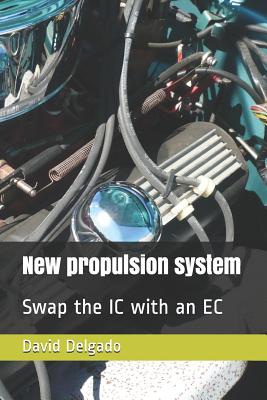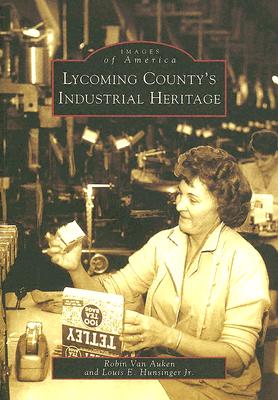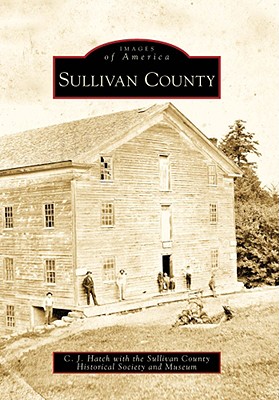
New Propulsion System: Swap the IC with an EC
Description
I designed a simple but powerful cross-compound double-acting reciprocating steam engine similar to the Stanley Steamer. The power (from the boiler energy) is equivalent to a standard 290 hp V8 internal combustion engine. The materials used are from standard off-the-shelf items, simple machining processes, 16 ga sheet metal, 1018 cold drawn flats and A36 mild steel. Some brazing is required for the steam input and exit tubing. Some fillet welding will be required.A Compound Steam Engine is one in which the steam expands in two or more cylinders. The term compound, without qualification, refers to the two-cylinder arrangement.The engine weight is 162 lbs. Overall dimensions are 29 in x 19 in x 10 inThe engine may be installed between any standard pickup chassis frame with 4 fasteners. The propeller shaft spline connected to the rear differential may be slipped into the corresponding fitting attached to the engine. The model was installed in a Ford F250 chassis frame.The primary purpose of the project is education - for the student, the designer, and the individual whose interest and aim is to design and build a propulsion system using steam energy. The material selected for the presentation has been carefully prepared to give the reader a basic understanding of the requirements for the steam-power propulsion concept.The design concept included an iterative mathematical process which proceeded through several steps. The results where evaluated, and then returned to an earlier phase of the procedure. I created an "If-then" Java code loop to help me with the iterative process.Several abstract models of the system were evaluated with mathematical analysis so that one can be found to simulate the physical system very well. The engine is similar to the Stanley Motor Carriage engines. With, heat exchangers and a pump sized using NASA (TN D-5813) method of calculations for a hypothetical 4000 lb vehicle load with a 175 hp (290 hp) engine.The design objective was to provide an affordable and producible system with easy to build features with common parts and materials. An F250 Ford pickup chassis with rear-wheel differential was selected for system integration. Any pickup chassis will work as well.It is my sincere hope and desire that this text will help if only in a minute way, to stimulate the student or "design-build" enthusiast to emerge with even one facet of design improvement and simplification which will add its impact to progress in steam-power design.You are probably aware that the steam automobile is not new. Maybe you have seen Jay Leno driving some of his steam cars around in Southern California. The late Ted Pritchard converted 1963 Ford Falcon to steam power in Australia. In November 1972 the car was flown to LA for demonstrations with big motor companies. They were quite impressed with the small car with green stripes. Howard Hughes "tooled" around with steam-powered cars and a couple of years back, a 1963 Volkswagen Beetle was converted to steam power by the nuclear scientist.The cost of materials and labor shall vary from place to place. Therefore, nothing can be said in an absolute sense concerning cost. With that said, the cost is expected to be substantially lower than the typical internal combustion engine rebuilt costs. Furthermore, to keep the cost down, the design concept embraces standard sizes and large tolerances.Engineering and producibility factors cover strength, reliability, thermal considerations, corrosion, wear, friction, cost, safety, weight, noise, styling shape, size, stiffness, and types of lubrication.The engine shall provide more power, better reliability with fewer moving parts, compact, quieter, less vibration, and zero-carbon admissions. No pollution.In reference to pollution, the opposition leader in the House of Commons on July 17, 2019, said in Questions to the Prime Minister, every year 40,000 people die in England from air pollution.















